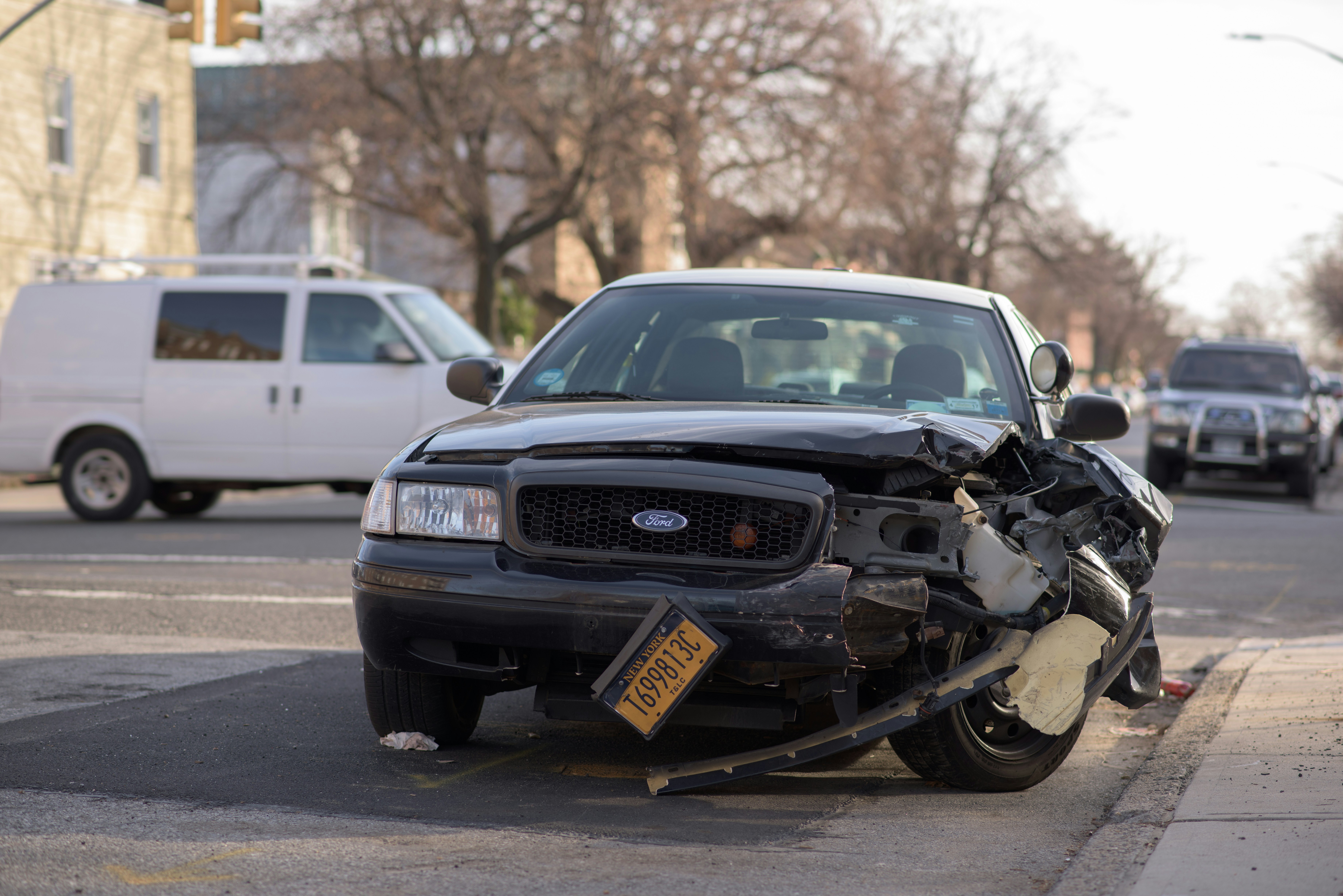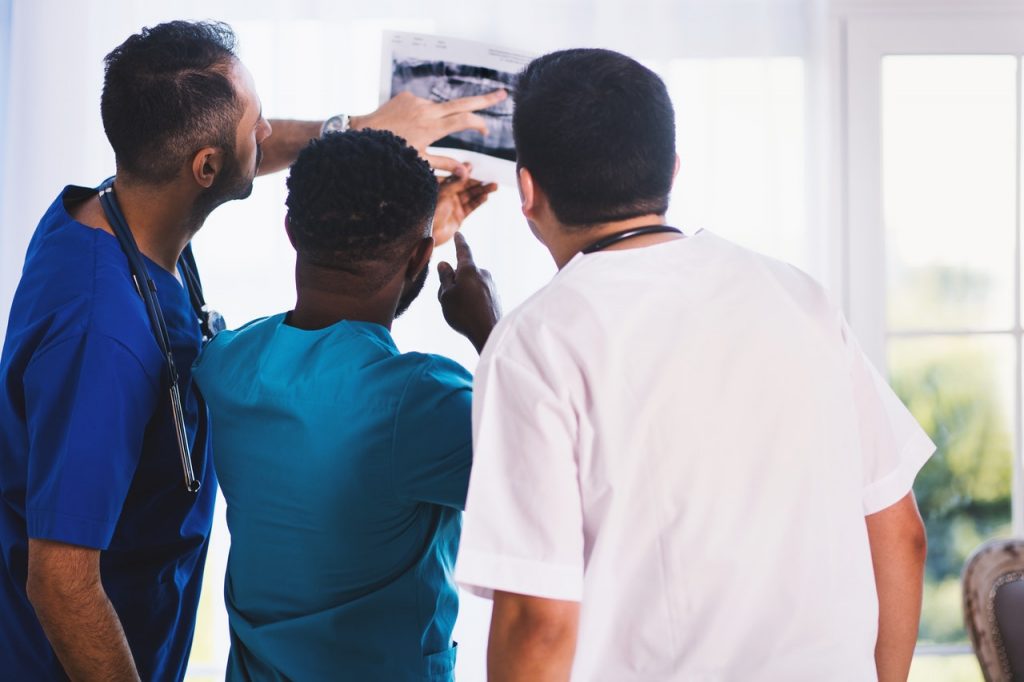There were 36 million magnetic resonance imaging (MRI) scans performed in the United States in 2017, which equates to almost one scan for every nine Americans. MRI scans are common diagnostic tools used widely for a range of medical issues. One of the benefits of MRI scans is that they do not use ionizing radiation. Prolonged exposure to ionizing radiation can cause burns on the skin, cause radiation sickness and increase a person’s risk of getting cancer.
Another advantage MRI scans offer is that they are designed to provide detailed images of small sections of a person’s body. They can be used to generate multiple images. For example, if a patient’s spine may be injured the MRI can produce an image of each vertebra. MRIs can also be used to assess the health of a patient’s veins and arteries.
Patients lie on a flat surface that slides into a cylindrical tube. Radio waves are emitted by the machine. A large magnet is used to create a magnetic field. The field and waves work together to produce detailed images of the organs and tissue inside a person’s body. The images are sent to a computer. MRI technologists provide these images to the patient’s doctor for a diagnosis. MRIs have multiple diagnostic purposes and may be ordered for a number of reasons.
1. To Diagnose a Disease

Photo Credit: Unsplash
Ezra is a high-powered MRI scanner used to diagnose cancer. It produces scans of multiple organs, including the brain, liver, kidney, pancreas, ovaries, uterus and bladder. The images generated can locate tumors in these organs. MRI scans can also be used to diagnose a stroke.
After a stroke, the movement of water in a person’s brain slows. MRIs use the magnetic field to align all the atoms in a person’s body. The radio waves shove those atoms down, affecting their magnetic polarity. The MRI tracks how long it takes the atoms to return to magnetic alignment.
Delays can indicate damage or obstruction and the MRI can produce images of the suspect areas to confirm the cause of the delays. Within an hour of a stroke, an MRI can detect physiological changes. MRI scans can also be used to diagnose multiple sclerosis, arthritis, and Alzheimer’s disease.
2. To Diagnose a Disorder

Photo Credit: Unsplash
Patients diagnosed with scoliosis have curvature of the spine. In most cases the cause of scoliosis is unknown, but there are some cases where scoliosis is caused by a tumor. The MRI can identify the presence of the tumor and produce scans of the tumor so that the physician can determine if the tumor can be removed.
This may be a key step in treating scoliosis, although other treatments may still be required to correct physical damage. The MRIs can also be used to produce accurate measurements of the curvature and the precise location. They can determine if there is damage to the surrounding tissue.
MRI scans can also determine if a person has an aneurysm. The MRIs ability to assess veins, arteries and tissue enables it to determine if an artery has been weakened or damaged, confirm issues with the heart valve or locate a herniated disc. Vestibular disorders can also be verified with an MRI scan.
3. To Complete an Assessment After Injury

Photo Credit: Unsplash
Patients with an injury may be sent for an MRI. In some cases, a lawyer may request that a patient have comprehensive medical assessments completed. This is likely if a patient has had a workplace injury or is preparing a car injury claim. MRI scans can be used to establish the presence of a traumatic brain injury. They can also confirm spinal cord injuries and be used to assess the severity of the damage.
Damage to joints can be verified. MRIs can also be used to locate and confirm the presence of fractures in bones because it is capable of generating more detailed scans that X-rays can produce. A patient with vision problems may be sent for an MRI to rule out the existence of tumors or lesions that indicate the cause is multiple sclerosis.
Soft tissue damage and internal bleeding can also be confirmed with an MRI, which is one of the reasons an MRI is a highly effective diagnostic tool used after a person has been in an accident.









